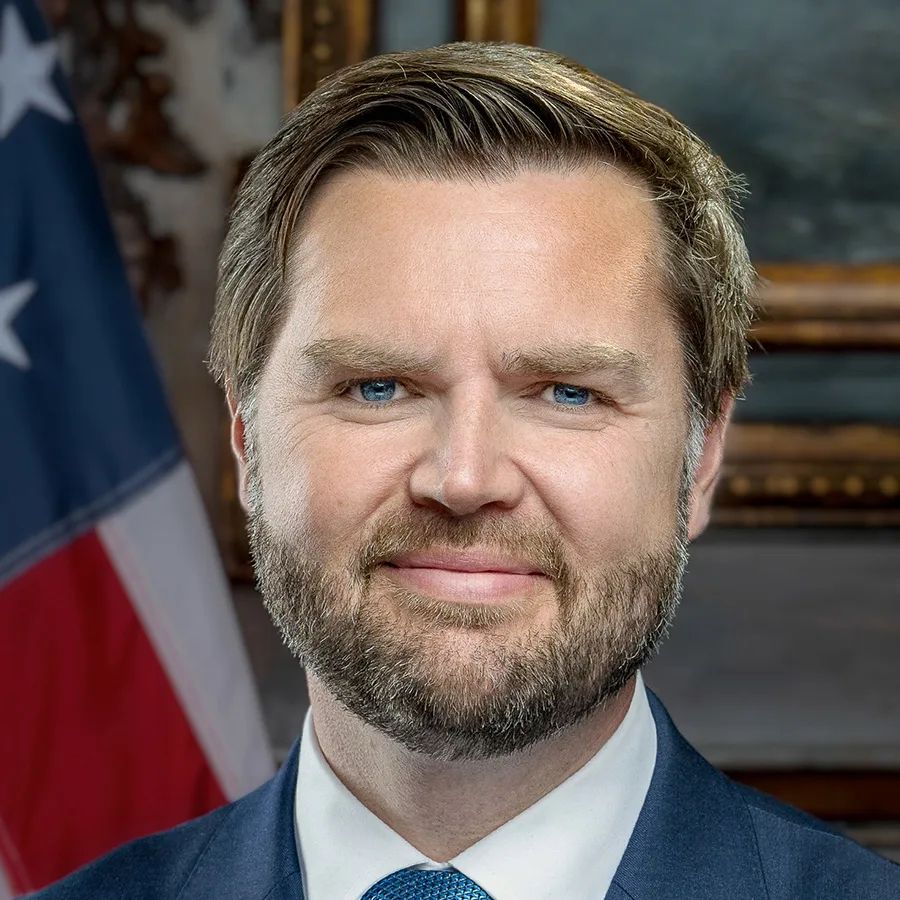
By Shadow Pine

In Ohio’s Rust Belt, where rusted factories loom like ghosts of a vanished era, Senator JD Vance unleashed a bombshell on Fox News last week. His words pierced the fog of economic jargon: “We borrow money from Chinese peasants to buy the things those Chinese peasants manufacture.” It’s a line that could headline a dystopian blockbuster, yet it unveils a stark truth about America’s addiction to the globalist economy, a system bleeding the nation dry, one borrowed dollar at a time.
As an investigative reporter, I dug into Vance’s provocative claim. The result is a saga of spiraling debt, gutted industries, and a superpower chained to the very workers it buys from. This is the story of how America’s thirst for cheap goods has ensnared it in a cycle of dependency, with Chinese factory workers, once rural farmers, now pillars of global trade, holding the strings.
The Cycle of Debt and Dependency
Picture a young woman, Li Mei, 24, rising at dawn in a cramped dormitory near Shenzhen, China. She spends 12 hours assembling smartphones, her hands crafting devices bound for American pockets. Her pay? About $7 an hour, a fraction of U.S. wages. Yet her labor fuels a $419 billion trade deficit, the gap between what America buys from China and what it sells.
The dollars spent on Li Mei’s phones don’t stay in China. They flow into Chinese banks, then into U.S. Treasury bonds, $870 billion worth, as of 2023. Through China’s state-controlled system, the savings of workers like Li Mei are lent back to the U.S., propping up its $33 trillion national debt. America borrows from the makers of its goods to buy more of their products. It’s a vicious loop, and Vance’s “Chinese peasants” analogy exposes it raw.
“It’s not just economics, it’s a betrayal,” says Tom Rourke, a laid-off steelworker in Youngstown, Ohio. “We used to build things here. Now we’re in debt to China for stuff we could’ve made.” Tom’s story mirrors millions: the Economic Policy Institute estimates 2.4 million U.S. jobs were lost to the China trade deficit between 2001 and 2018. Communities have collapsed, replaced by opioid crises and despair.
The Globalist Dream Turned Nightmare
The globalist economy was sold as a utopia: free trade would bring cheap goods, global wealth, and peace through interconnectedness. For many Americans, it’s a betrayal. Walk into any store, and shelves brim with Chinese-made clothes (40% of U.S. supply), electronics (80% of smartphones), and even critical drugs (90% of antibiotics). This isn’t convenience, it’s vulnerability. When COVID-19 hit, America and the world scrambled for Chinese-made masks and ventilators, exposing a dangerous reliance.
Vance’s words strike a chord. A 2023 Pew survey found 83% of Americans view China unfavorably, with 44% naming it the top threat to U.S. interests. “We’re not just borrowing money,” Vance told Fox News. “We’re borrowing our future from a rival that’s outpacing us.” China’s GDP, adjusted for purchasing power, surpassed America’s in 2014. Its Belt and Road Initiative spans the globe, while U.S. infrastructure crumbles.
At the heart is a moral reckoning: How did the world’s richest nation end up leaning on low-wage workers in a communist state to sustain its lifestyle? The answer lies in decades of choices, trade deals like NAFTA, China’s 2001 WTO entry, and blind faith in globalization’s promises. Corporations soared (Apple’s market cap hit $3 trillion in 2023), but workers like Tom paid the price.
The Human Cost on Both Sides
Vance’s “peasants” are China’s factory workers, not feudal serfs as the term might suggest. Many, like Li Mei, are ambitious migrants who left villages for city jobs. China’s poverty rate fell from 88% in 1981 to under 2% in 2020, thanks to manufacturing. Yet their wages, $5–$10 an hour in coastal hubs, lag far behind the $25–$30 U.S. factory workers once earned. They endure grueling hours, often in conditions that would spark outrage here.
“They’re not victims, but they’re not free,” says Dr. Wei Chen, an economist studying China’s labor market. “Their savings prop up the global economy, but they have little control over it.” China’s government channels those savings into U.S. debt, perpetuating the cycle. Meanwhile, American consumers, burdened with $17 trillion in household debt, keep buying.
A Reckoning Looms
Vance’s warning is a battle cry. “This is not a recipe for economic prosperity,” he told Fox News, condemning a system that’s gutted jobs, piled debt, and empowered a rival. Solutions like tariffs, industrial subsidies, or “reshoring” factories are gaining traction. Trump’s 2018 tariffs on Chinese goods, extended under Biden, aimed to fight back, though they raised consumer costs by $40 billion annually, per the National Bureau of Economic Research.
Critics argue Vance oversimplifies. Globalization has curbed inflation (2.5% annually from 2000–2020) and fueled U.S. tech dominance. Chinese workers have escaped poverty, and Americans enjoy affordable goods. But these gains feel hollow to those like Tom, who see their towns fading while elites prosper.
Tom’s words lingered: “We’re borrowing from people who have less than us to buy things we don’t need. That’s not freedom, that’s a trap.” Vance’s “Chinese peasants” analogy, however dramatic, forces the Americans to confront a brutal reality: America’s globalist gamble has exacted a steep toll. The question is whether they can break free before the trap snaps shut.
Note: Names of individuals in this article are pseudonyms to protect real persons.

Shadow Pine is an independent investigative journalist dedicated to uncovering hidden truths, especially in high-stakes and controversial matters. Operating discreetly to protect sources and maintain integrity, Shadow Pine focuses on stories that others might shy away from, aiming to bring clarity and accountability to the forefront for the well being of the nation.